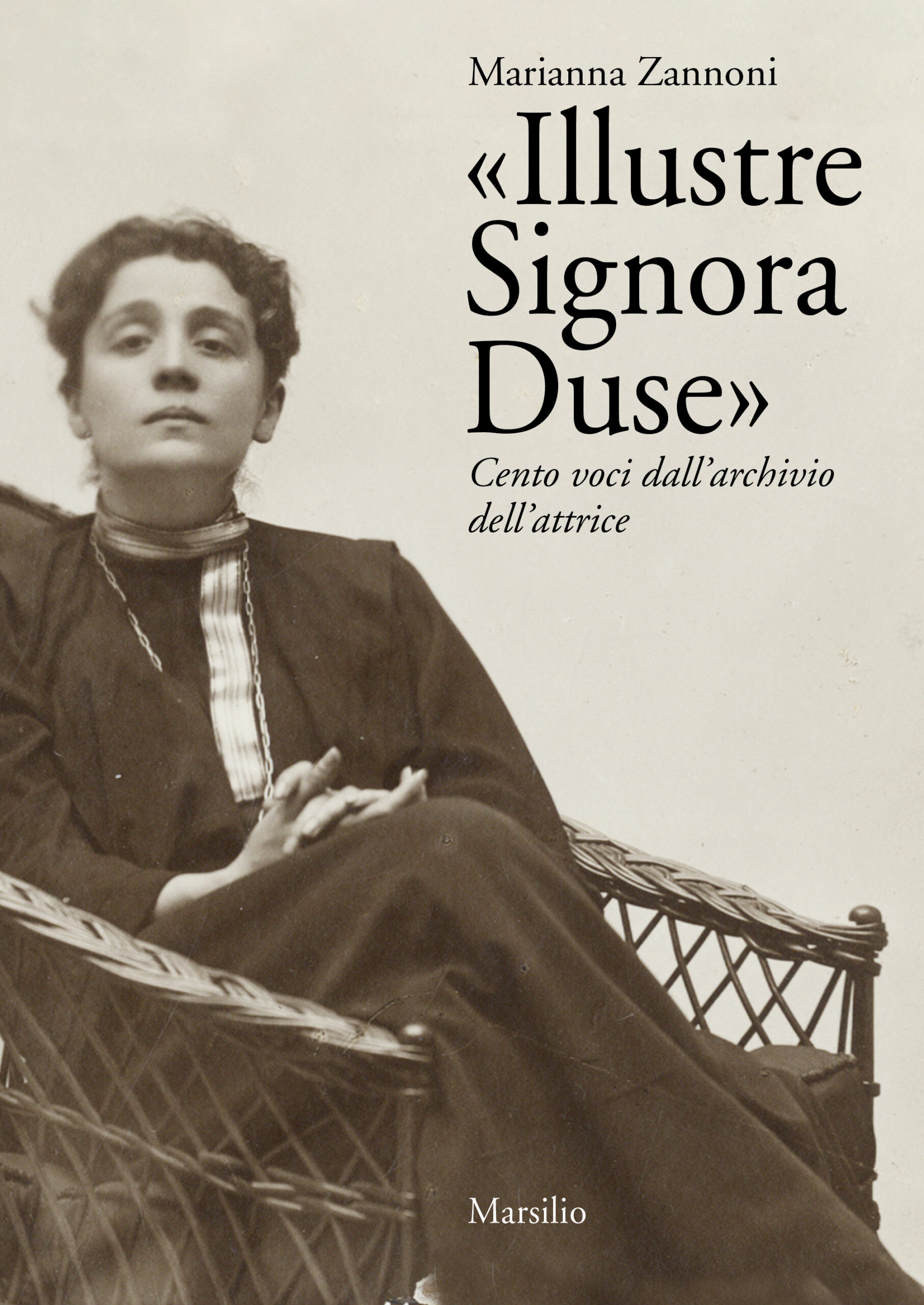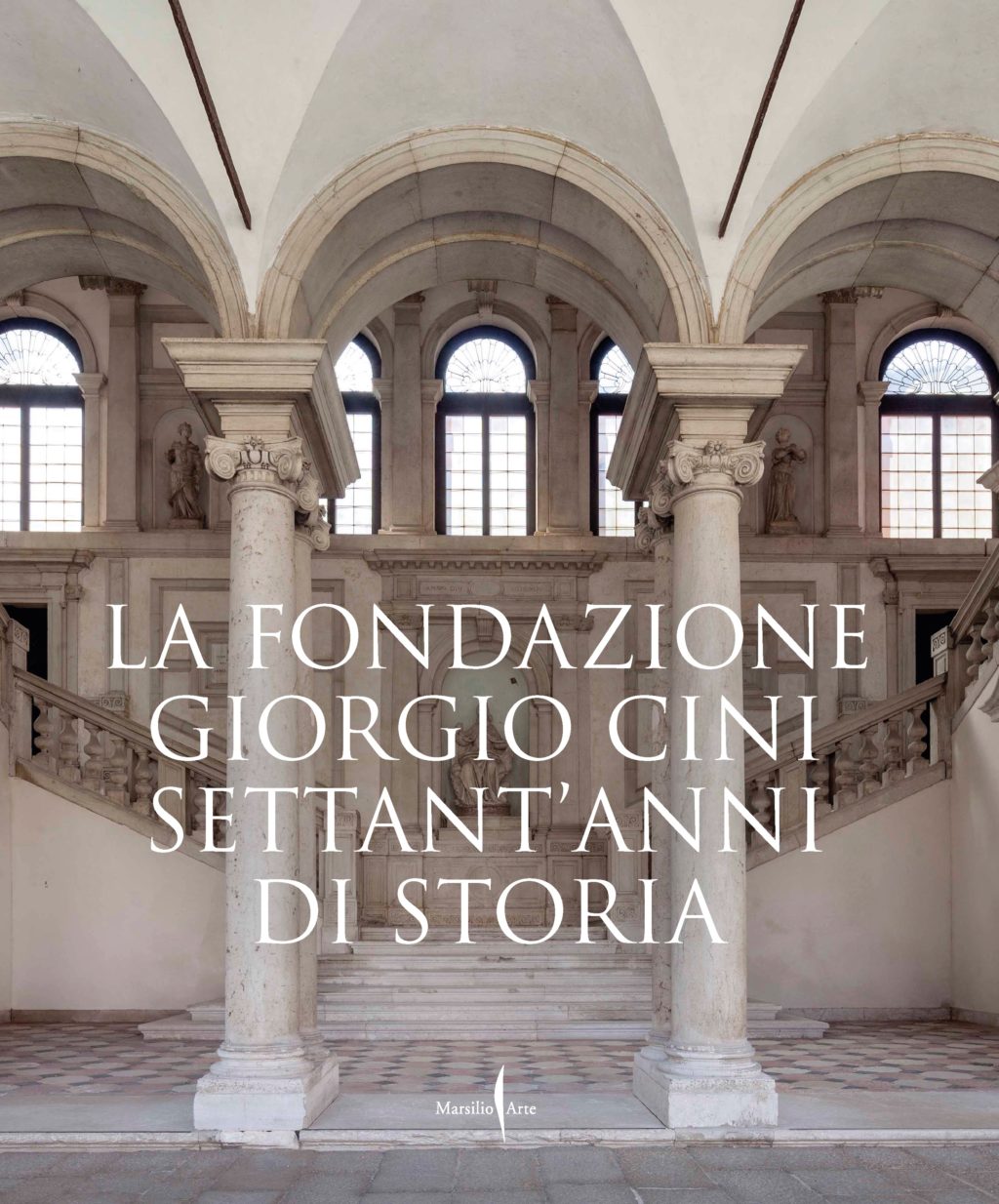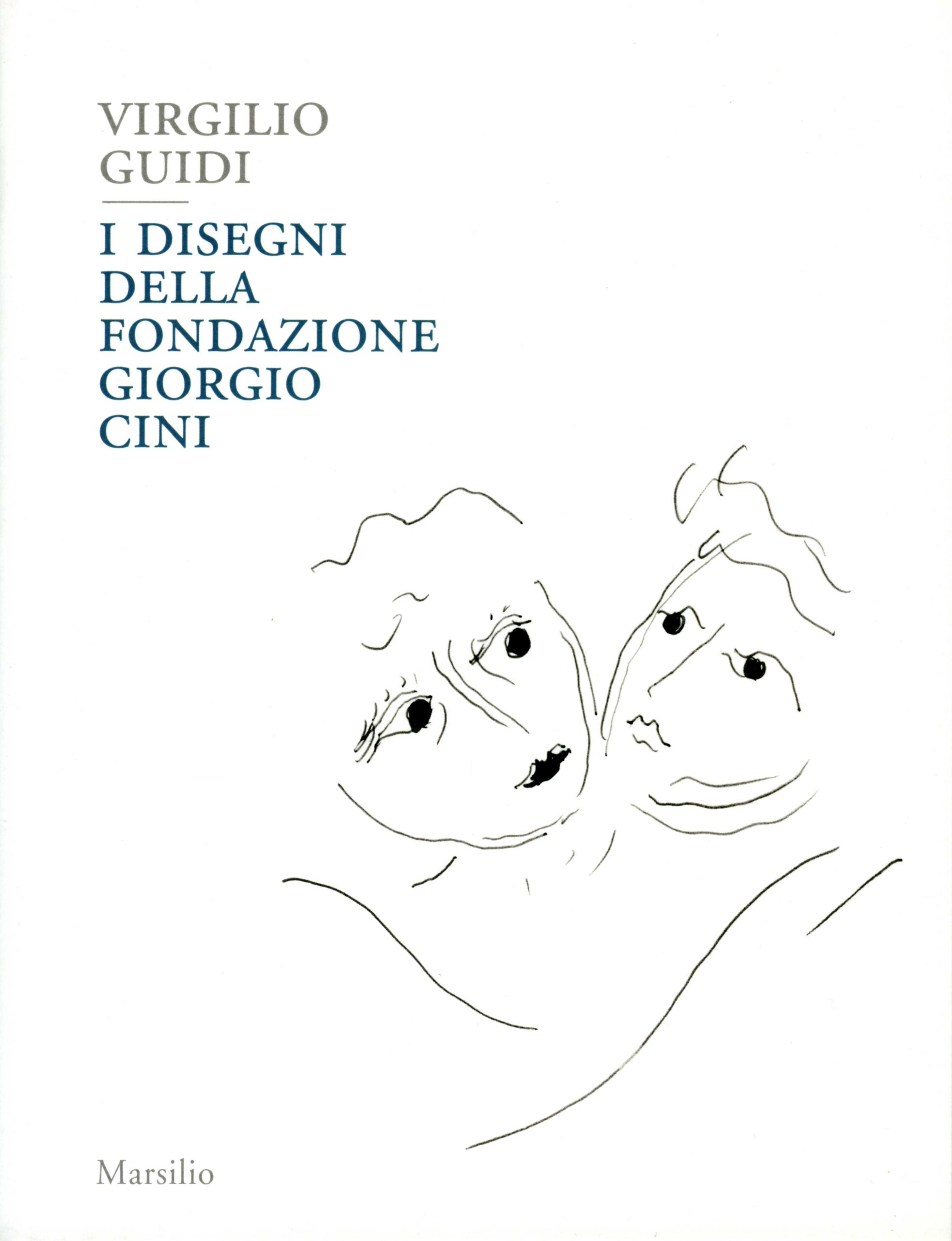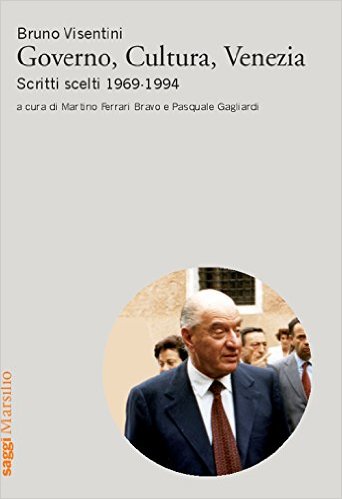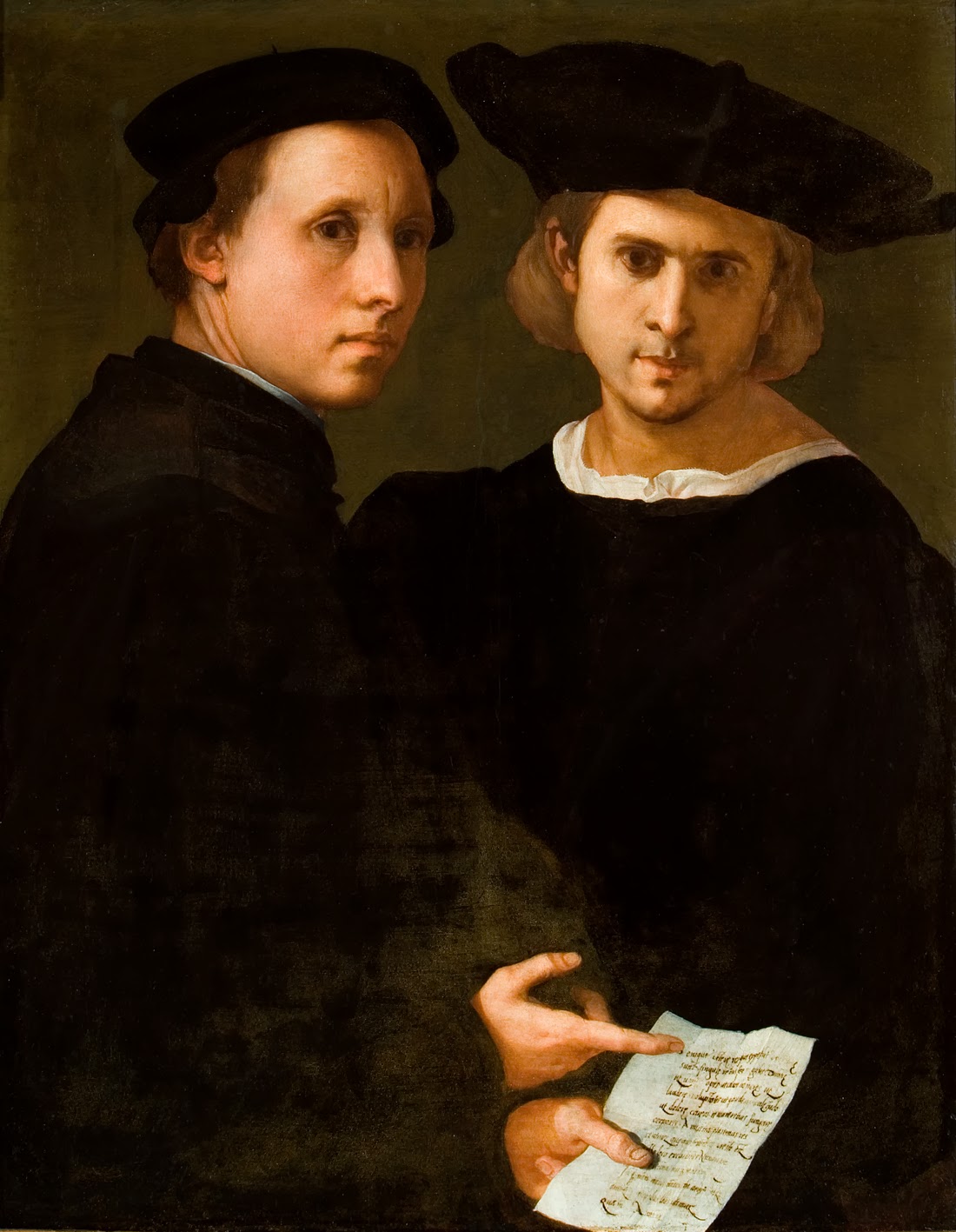One hundred years after the death of Eleonora Duse (Vigevano, 1858 – Pittsburgh 1924), this volume offers a previously unpublished selection of the many letters preserved in the actress’s archive held at the Giorgio Cini Foundation’s Institute for Theatre and Opera. It includes one hundred of the many voices that had artistic and friendly relations with her, including actresses and actors, intellectuals and men of letters.
From the letters to Duse emerge memories of encounters, exchanges of opinions, shared projects and creative visions. A plurality of voices, often far removed from each other, surprisingly agree in recognising the exceptional nature of the figure of Eleonora Duse, of her vision, of her theatre.
A revolutionary and passionate artist, Eleonora was the most famous Italian actress of our recent past. A successful actress and leading lady, she left an indelible mark on the Italian and European culture of her time. Many pages were written about her, and some of the most significant testimonies are collected in this book: the poet Ada Negri describes her as ‘the most sublime female figure of our time’, Piero Gobetti speaks of her as ‘a religious spirit’ and the Florentine writer Fernando Agnoletti compares those who did not have the good fortune to hear her at the theatre ‘to those who have not read the Odyssey in poetry’.
